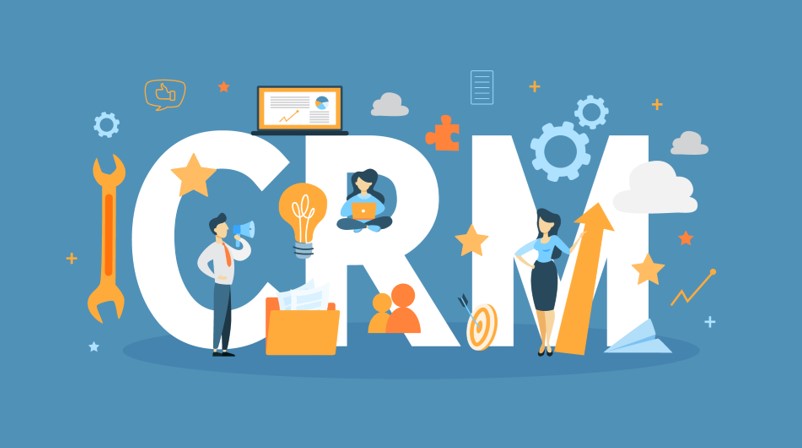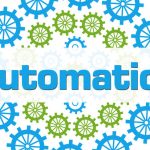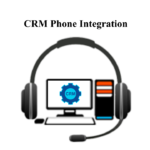Customer Relationship Management is a tool that helps businesses to manage their relationship with the existing and potential customers. CRM system is cloud-based software that allows companies to easily organize their contact’s detailed information, update them and stay closely connected to customers.
The software analyses the customer’s history with the business to help in improving the business relationship with its customers. The companies also identify how best to communicate to customers when introducing new products. Through this tool, companies are able to better understand the needs of customers and cater to them which results in growing sales, customer retention and increased profits.
Today, CRM tools have now become essential to most growing companies in this digital age. Over the years, there are three types of customer management tools that have been created and designed for varying workflows as discussed below;
Operational CRM
This is a system that allows the user to integrate processes such as customer service, sales, and marketing on a dashboard in a single page for every customer. This software helps in streamlining and optimizing operations by automating tasks with minimal human intervention. This software has three parts: marketing, sales and service automation.
Marketing automation tracks customers that visit the company’s website and saves all the data they key in. This provides a clear picture of the customer hence create a more effective way to sell products to them. The CRM software can also aggregate the information to easily personalize message when marketing through email.
Sales automation tracks the history and future of customers’ sales, identifies the best way to promote sales and automates follow-ups between the salespersons and customers. This creates effective workflows that prevent duplication of some tasks.
Service automation focuses on customer service. Here, the user can respond to queries instantly and customers can be supported through various communication channels.
Analytical CRM
This system helps in analyzing all data collected by the companies so that the management can make more informed decisions. These data analytics helps businesses improve their customer service by identifying problems that can be easily solved. This software uses analysis and segmentation tools to be more effective.
The analytic tool helps in measuring the success of every action the company takes. It allows the user to calculate the return on investment of all actions. The data can be converted into metrics and key performance indicators to measure the company’s performance.
The segmentation tool allows the company to segment customers based on the data input. This way campaigns can be easily tailored to fit the needs of specific customers in specific areas.
Collaborative CRM
This is a customer tool that assimilates external stakeholder’s information and allows sharing across different departments. This helps in creating a seamless customer experience by bringing all teams together. It fosters collaboration and teamwork within the organization. This software has two important parts: interaction and channel management.
Interaction management records and analyzes all the interactions between the customers and the company. This way the company is able to monitor interactions and identify any problems that the customers may be facing. The tool also records the interaction methods that the customers prefer to use.
Channel management records the method of communication that customers prefer to use. Different customers have different preferences where some may want messages, others emails and some prefer phone calls. In order to get positive responses, companies should contact customers via their most preferred method.
As discussed above, the CRM tools are different but they also have some standard concepts. These tools share some terms that are common in the business world. Nonetheless, let us discuss some of these terms to better understand these CRM tools.
- Objects – This is a data point in your software. For example, a contact or information related to a contact. Objects often change with time depending on the buying circle of the customers.
- Contacts – This is an individual or person whose contact information has been stored in the company’s database. This could be customers, suppliers, investors or business partners.
- Leads –These are special contacts in your database. They are people who pay specific attention to your business. They will likely want to do business with the company in the near future.
- Opportunity –This is a person who actually wants to buy the company’s products. The lead often becomes an opportunity when he is interested in a product and buys it.
- Campaign – This is where the user tracks the marketing work. Each and every campaign will record all contacts crucial to that specific campaign along with the results.
- Profiles – These are the people in the company that uses the software. They all have different roles and each one of them enjoys only a specific set of permission in the software.
- Activity – This is anything that happens in the software. This includes contacts, messages, and deals. Activity is listed in a news-like feed for easy viewing.
Conclusion
Knowing and understanding the customer is crucial to the success of any business. The customer relationship management tools help users do their jobs faster, save time and better understand their customers. These tools also help reduce costs, boosts productivity and profits. Therefore, successful CRM software is a must-have for any company.
Related Posts












